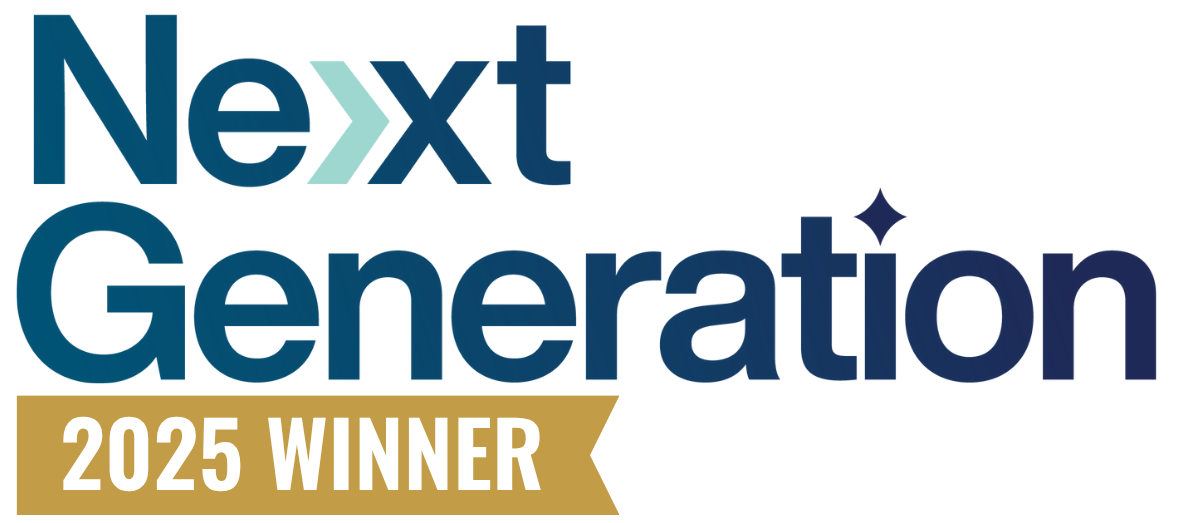How to Budget for Hosted PBX in 2026
Smart hosted PBX budgeting requires evaluating the total cost of ownership beyond monthly subscription fees.
The most critical factor is user segmentation based on actual communication needs—sales teams require CRM integration while administrative staff may only need basic calling features.
Factor in hidden costs like implementation, training, and custom integrations when building your three-year financial projection.
Is your current phone system draining IT resources while limiting your team's ability to collaborate effectively?
You're not alone.
As organizations prepare their 2026 technology budgets, hosted PBX pricing has become a critical decision point for IT leaders seeking to balance cost control with communications capabilities.
The shift from traditional hardware-based systems to cloud-based solutions isn't just a technology upgrade—it's a fundamental change in how organizations approach communications spending and resource allocation.
Key Takeaways
- Organizations switching to cloud solutions report 30-50% cost reductions while gaining advanced collaboration features that improve productivity
- User segmentation by actual communication needs prevents over-spending on unnecessary features while ensuring critical capabilities get proper funding
- Implementation, training, and integration expenses can significantly impact total budget—factor these into your financial projections
- Smart hosted PBX budgeting focuses on total cost of ownership and business impact rather than the lowest monthly subscription price
The Most Common Hosted PBX Pricing Models
Switching to a cloud interface does come with upfront investment, but research shows the payoff can be even more substantial.
Organizations switching to cloud solutions report 30-50% cost reductions while gaining advanced features, further streamlining business processes and operations.
The hosted PBX market has evolved into three distinct pricing approaches, each designed to address different organizational needs and budget constraints.
User Subscriptions
Per-user monthly subscriptions remain the most common model, with costs ranging depending on features and service provider reputation. This straightforward approach appeals to CFOs who prioritize predictable operational expenses over variable capital investments.
Tiered Pricing
Tiered packages represent the second major pricing structure, typically categorized as basic, professional, and enterprise levels.
Basic systems normally include standard capabilities like auto-attendants, voicemail-to-email, and call forwarding at reduced cost points. Mid-tier solutions add sophisticated routing, conference bridges, and mobile applications. Enterprise offerings integrate advanced analytics, CRM integrations, and omnichannel capabilities that are also often the most costly.
Usage Billing
The emerging third model employs consumption-based billing, where organizations pay according to actual usage metrics like minutes consumed or data processed.
This approach particularly benefits organizations with fluctuating communication needs or seasonal workforce variations.
Effective evaluation requires looking beyond pricing to consider feature roadmaps, vendor stability, and integration capabilities that support long-term business objectives while maintaining budget predictability.
Key Factors That Drive Hosted PBX Costs
Understanding what influences your final monthly bill helps build accurate budget projections and prevents unexpected expenses down the line.
Number of Users
This remains the primary cost driver across all pricing models. Most providers offer volume discounts starting around 25-50 users, with enterprise pricing negotiations typically beginning at 100+ seats.
When evaluating user counts, consider:
- Remote and hybrid workers who need full system access
- Seasonal employees or contractors requiring temporary access
- Departmental differences in feature requirements (sales teams need CRM integration, support teams need call recording)
It’s also wise to consider your team’s future hiring plans over the next 2-3 years to avoid frequent contract renegotiations.
Hardware and Device Considerations
Cloud-based systems reduce hardware requirements, but don't eliminate them entirely.
You’ll also need to consider device costs for IP desk phones and headsets—though many organizations reduce costs by leveraging existing computers and mobile devices through softphone applications.
Keep in mind that your call quality will depend on the network infrastructure. Typically, network infrastructure requires sufficient bandwidth at 100kbps per concurrent call and Quality of Service settings to prioritize voice traffic.
Feature Requirements
Basic calling and voicemail might meet immediate needs, but consider what your organization requires for productivity.
Advanced call routing saves time for customer-facing teams. CRM integration eliminates manual data entry for sales departments. Call recording supports compliance requirements in regulated industries.
IT leaders should prioritize the features they need based on business impact.
- High ROI features: Auto-attendant reduces receptionist costs, call forwarding enables flexible work arrangements, conference bridging eliminates third-party meeting costs
- Productivity enhancers: Click-to-dial from business applications, voicemail-to-email transcription, mobile app integration for remote workers
- Compliance necessities: Call recording for financial services, call logging for healthcare, encryption for sensitive communications
- Scalability requirements: Hunt groups for growing teams, queue management for customer service, analytics for performance monitoring
Integration Complexity
Connecting your hosted PBX to existing business applications impacts both implementation costs and ongoing value.
Simple integrations with popular CRM platforms typically include setup support. Custom API development for proprietary systems requires additional investment but delivers tailored functionality.
Standard integrations with Microsoft Teams, Google Workspace, and major CRM platforms typically include setup at no additional cost. Mid-tier and enterprise integrations likely require custom configuration and development, which can cost hundreds to thousands of dollars depending on the complexity.
Be sure to also factor ongoing maintenance for custom integrations into your annual IT budget.
Hidden Costs and Budget Planning Considerations
Even transparent pricing models can include expenses that catch IT departments off guard during implementation and operation.
Setup and Implementation Fees
While many providers advertise "no setup costs," enterprise deployments often require professional services for user migration, system configuration, and integration work. Ensure you have sufficient per user for comprehensive implementation support, particularly when migrating from legacy systems.
Communication Overages
International calling, conference bridge usage, and SMS capabilities frequently carry additional charges. Organizations with global operations should clarify international rates upfront. Seasonal businesses need to understand how usage spikes affect monthly bills.
Training and Adoption Costs
New communication systems require user training to maximize value. While hosted PBX interfaces are generally intuitive, advanced features like call transfer protocols and mobile app functionality need a structured rollout. Factor in internal training time or external consulting support.
Ongoing Management Requirements
Hosted solutions reduce IT overhead compared to on-premise systems, but don't eliminate administrative needs entirely. User provisioning, security policy management, and usage monitoring require ongoing attention. Consider whether your IT team has bandwidth or if managed services support makes financial sense for your organization.
Tips To Add Hosted PBX To Your 2026 Unified Communications Budget
Smart budget planning for hosted PBX requires a structured approach that balances current needs with future growth projections and organizational priorities.
Start by auditing your current communications costs. Include obvious expenses like monthly phone bills and maintenance contracts, but also factor in hidden costs such as IT staff time for system management, productivity losses from system downtime, and missed opportunities from limited remote work capabilities.
Develop user profiles based on actual communication requirements rather than assuming uniform needs across your organization. Customer service representatives require call recording and queue management features that administrative staff may not need. Sales teams benefit from CRM integration and mobile functionality that might be unnecessary for warehouse operations. This segmented approach prevents over-spending on features while ensuring critical capabilities receive adequate budget allocation.
Create a three-year financial projection that includes both growth scenarios and economic contingencies. Factor in anticipated headcount increases, potential office relocations, and changing remote work policies that could impact user requirements. Build flexibility into vendor negotiations by understanding cancellation policies and scaling mechanisms before signing contracts.
Consider the timing of your migration carefully. Many organizations benefit from aligning hosted PBX implementation with existing contract renewals, office moves, or major IT infrastructure upgrades. This coordination can reduce implementation disruption while maximizing budget efficiency through consolidated vendor negotiations and shared project resources.
Making the Smart Investment in Hosted PBX
The shift to hosted PBX represents more than a technology upgrade—it's a strategic investment in organizational flexibility and financial predictability that positions growing businesses for long-term success.
IT leaders who begin evaluation and vendor selection processes now position their organizations to benefit from improved efficiency and cost predictability throughout 2026 and beyond.
Ready to explore how hosted PBX can transform your organization's communications strategy?
Contact the unified communications experts at SymQuest to develop a customized plan that aligns with your budget and business objectives.





